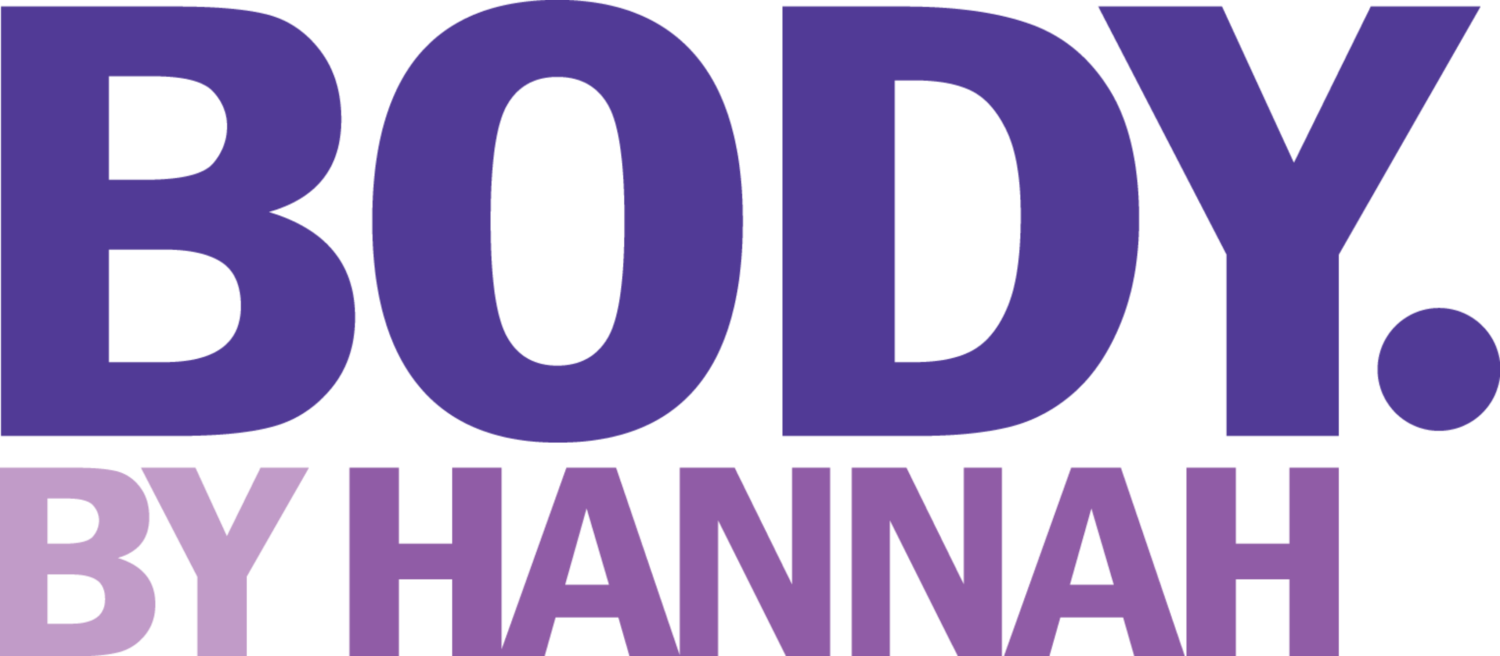Our latest podcast was so much fun! One of our wonderful trainers, Megan, shared all about her wellness journey, becoming a trainer, nutrition and favorite fitness tips.
Her top underrated nutrition tip?!
Prioritizing protein! One of her favorite protein choices is greek yogurt and she’s sure to includes meat at most meals, stating that meat is hands down the best “bang for your buck” when it comes to protein bioavailability.
Proteins provide structure for muscle tissue, bone and skin. It is essential for life sustaining chemical reactions in the body, internal communication of cells, immune support, and is a source of energy and regulation.
BENEFITS OF PROTEIN
❖ Reduces appetite and hunger levels
❖ Increases muscle mass and strength
❖ Reduces cravings for late night snacking
❖ Boost metabolism and increases fat burning
❖ Lower blood pressure and helps maintain weight loss
❖ Helps the muscles recover after a lifting session
❖ Helps improve your physique, along with the building block of your blood, hair, skin, and nails
HOW MUCH PROTEIN DO I NEED DAILY? If your goal is to build muscle and change the body composition, protein is critical to your diet. Deciding how much you need in a day is easier than you think.
❖ If you are an moderately active individual, aim to hit between 0.8 - 1 grams of protein per pound of body weight. And if you are highly active, you may even need more!
❖ If you have a significant amount of weight to lose, then eat 0.8 - 1 gram of protein per pound of your goal body weight
High protein diets do NOT have to be boring and do not have to revolve around rubbery chicken breasts and protein shakes! Check out our high protein meal plans and recipes inside the BBH Fit App for ideas and variety.
Check them out here!
Ahigher-protein diet is vital for fat loss and weight management due to its appetite-suppressing benefits, increased calorie burn during protein digestion, and positive impact on body composition.
Simple Steps to Increase Protein Intake
Increase Portions of Protein-Rich Foods: Identify the protein-rich foods in your diet (meat, poultry, seafood, dairy, legumes, eggs) and consider increasing their portion sizes. For example, you might go from 1-2 ounces of chicken at dinner to 3-4 ounces.
Opt for Higher-Protein Alternatives: Many everyday foods have higher-protein substitutes that offer similar tastes. Small substitutions can make a significant difference in your total daily protein intake. Try greek yogurt and cottage cheese and higher protein grains like quinoa or amaranth. Cook rice in bone broth instead of water as a way to increase intake. Opt for lentil or chickpea pasta and add collagen to coffee.
Incorporate a Protein Powder: While protein shakes aren't a necessity, a high-quality protein powder can be a convenient way to increase your intake. Protein powders can balance the macronutrient composition of meals and help maintain satiety. Plant protein powders are also an option for those with specific dietary preferences or restrictions.
The Takeaway
Transitioning to a high-protein diet may seem challenging, especially for women who haven't previously focused on their protein intake. However, with minor adjustments to serving sizes, finding delicious recipes, shifting food choices, and the inclusion of supplements like protein powder, it becomes much more manageable!

